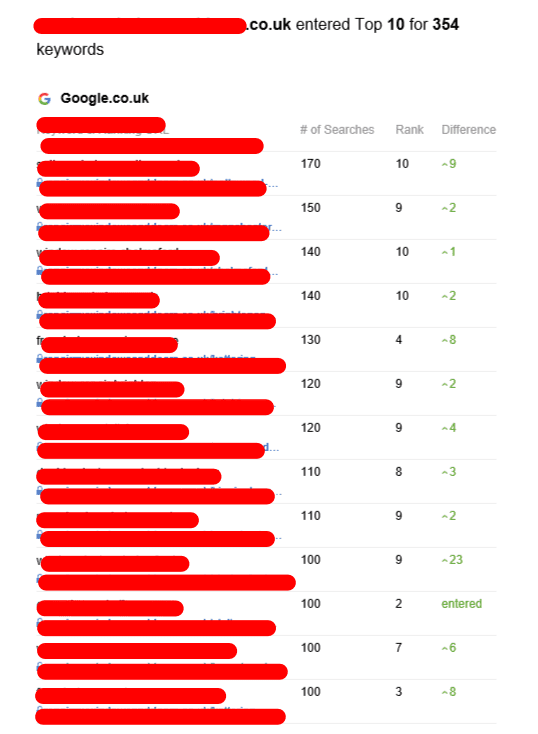Backlink Tier - The Hierarchy of Backlinks That Scale Your SEO Campaign
Backlink tier refers the hierarchy of links that you design to boost your SEO campaign. Each level offers an additional layer of protection against Google's penalties.
To be successful You'll need to invest a lot of effort and time. That's because Google takes weeks to find new backlinks and evaluate their quality on an individual basis.
First-Tier Links
The first layer of links that connect to your piece of content should be top-quality dofollow backlinks on reputable websites. These are referred to as Tier 1 backlinks and act as the basis of your link building strategy. They provide your website with enough domain authority for it to rank highly on search engine result pages. For example, if your blog post is published on HubSpot and includes an tier one link to SearchEngineLand's collection of Link Building Statistics, then SearchEngineLand's web rankings would get an increase due to the link equity that is passed on from HubSpot.

The second tier can be a bit more diverse and may include low-quality hyperlinks, such as spammy forum posts or low-quality bookmarking websites and directories. The primary goal of Tier 2 is to create high-quality content that links back to your first-tier backlinks. This is because content that is good will improve the content in the article and will not stand out as something that has been added for SEO purposes.
To create a successful tiered marketing campaign, you'll require investment in high-quality materials and tools such as RankerX or GSA. However the time and expense that is spent manually executing an effort to build a tiered link can be worth it terms of the ranking benefits that come from a properly-structured backlink pyramid.
Second-Tier Links
Tiered link building is designed for users to navigate through external pages and then get to your site. To make tier linkbuilding to select second-tier backlink sources that are relevant to your industry and site. Unlike account profiles and guest blog posts, guest blog posts work well in this regard since they offer valuable information that users want to consume.
You should avoid using link on forums that are tier-2 or other sites that aren't of high quality. Instead, you should use high-quality pages, such as industry news or guest posts. These links will look more natural and will have greater impact on your search engine rankings. Additionally they're more likely be acknowledged by Google as passing link equity, which will increase their rank in SERPs.
If you are looking to improve your SEO rank It is important to know that acquiring these high-quality links manually is difficult. It can take a long time to send guest posts to top-quality publishers, and even longer them to get published. It could take weeks to see the results when it's time to generate new traffic and converts on the internet.
Many SEOs use automated tools to build second-tier backlinks. However, this method can be in violation of Google's Webmaster guidelines and can result in an infringement.
Third-tier Links
This level contains a huge number of links, a few of which are borderline-spam. They are published on social media platforms, as well as websites that are created by users, such as Quora. They aid in the indexing of tier two links but don't give any link equity to the resource being promoted. Typically, they are nofollow links. At this stage, marketers are more focused on quantity rather than quality. They employ tools to publish numerous links in forums, in comment sections of articles and blog posts, in directories and other similar places. This is where tiered link building becomes a gray area and violates Google's webmaster guidelines.
Link-building campaigns, which are classified as require a lot of time and effort to be successful. It could take days or even a month to get Google to index a single backlink, and then it may take weeks or even months to be able to see a significant impact on SEO. Therefore, marketers must be patient and employ an efficient content strategy.
In addition marketers should stay clear of using excessive automation tools for this level of linking. These can violate the rules of search engine optimization and lead to penalties. It is recommended to select the links manually and place them on relevant websites for donors instead of using automated tools such as GSA or RankerX. This will prevent search engines from penalizing you with poor quality links.
Fourth-Tier Links
Tiered link building is still a popular method to boost website rankings. Since Google has made significant efforts to eliminate "black-hat" SEO techniques, tiered link building methods have been slowed down.
They are classified as gray-hat SEO techniques and can be punished for their deliberate use. Tiered links are backlinks that are constructed based on different levels of an underlying pyramid of links. The main purpose of these backlinks is to improve the position of a promoted resource in search engine results. This way, the promoted page can be more prominent than its rivals and gain more organic traffic.
The quality of backlinks in this tier goes an immediate plunge, and they are usually nofollow. This tier could also include low-quality directories, article networks, and social media profiles. These links can be generated by hand or through strategic automation solutions, but they should be diversified in terms of the domains, niches, and relevance.
In addition to their low-quality, nofollow nature these backlinks can cause problems if not sufficiently diverse. This is due to the fact that Google has a highly sophisticated group of hounds that are always looking for patterns in backlink profiles and methods. If they find them they could trigger penalties not just for the link-building team but also for its clients.
